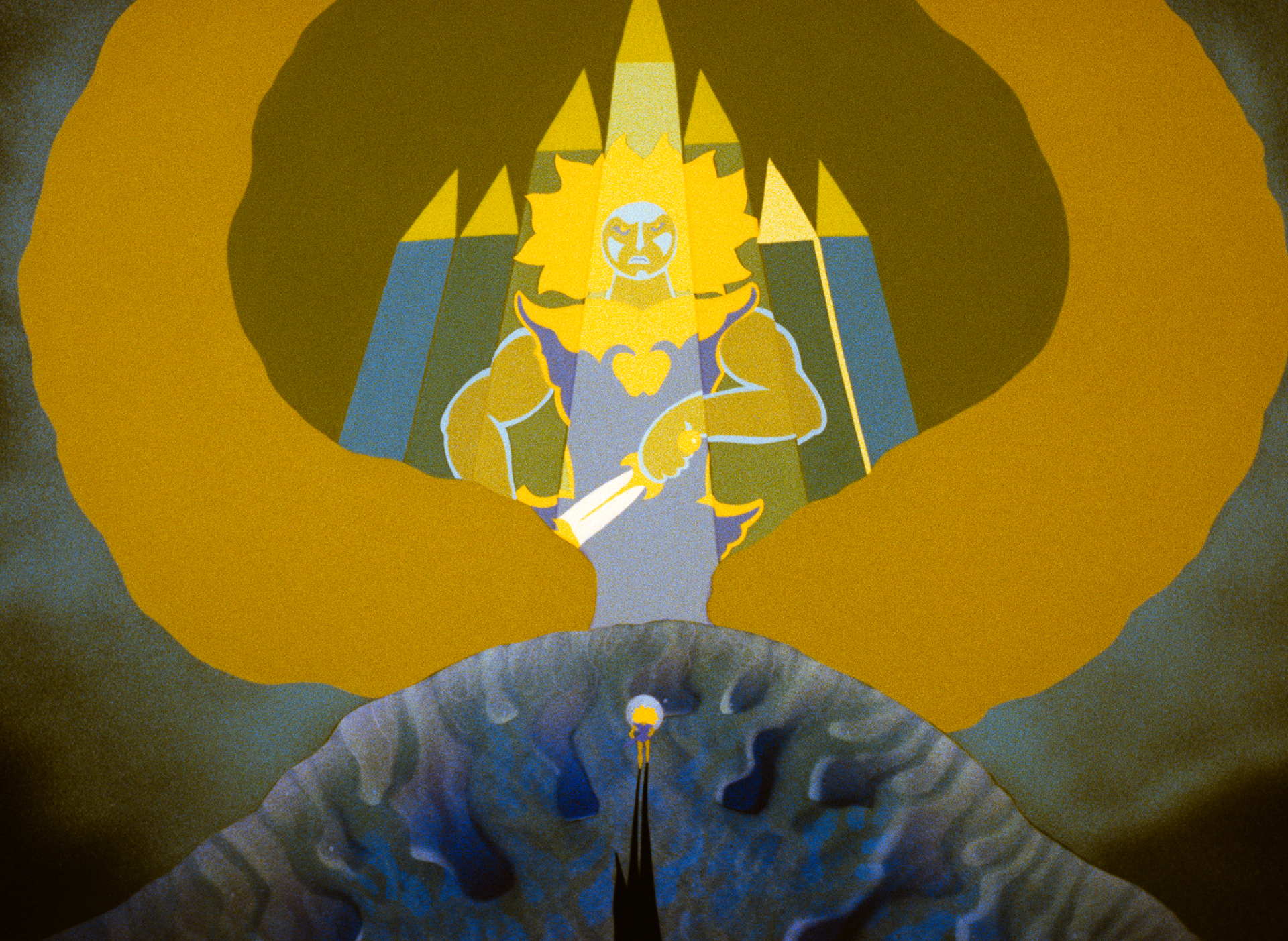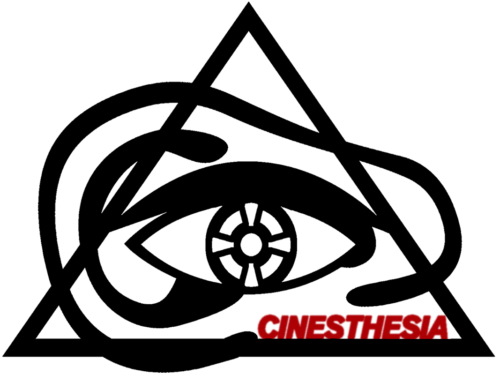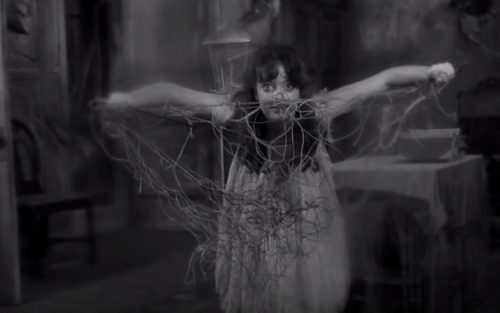Son of the White Mare (1981), directed by master Hungarian animator Marcell Jankovics, is an animated film whose brilliant color palette, unique score, and psychedelic art design has earned its status as an underground masterpiece. Mostly unknown in North America, Son of the White Mare has finally been given a proper release with a 4K restoration undertaken by the Hungarian National Film Institute Film Archive and Arbelos Films. Following a theatrical run cut short by the pandemic, the film has now been released for the first time in the United States on Blu-ray.
To mark the occasion of White Mare’s home video release, we spoke with David Marriott, co-founder of Arbelos Films. We discussed the meticulous process of film restoration, the legacy and style of the late Marcell Jankovics, and broadening the accessibility of arthouse classics.
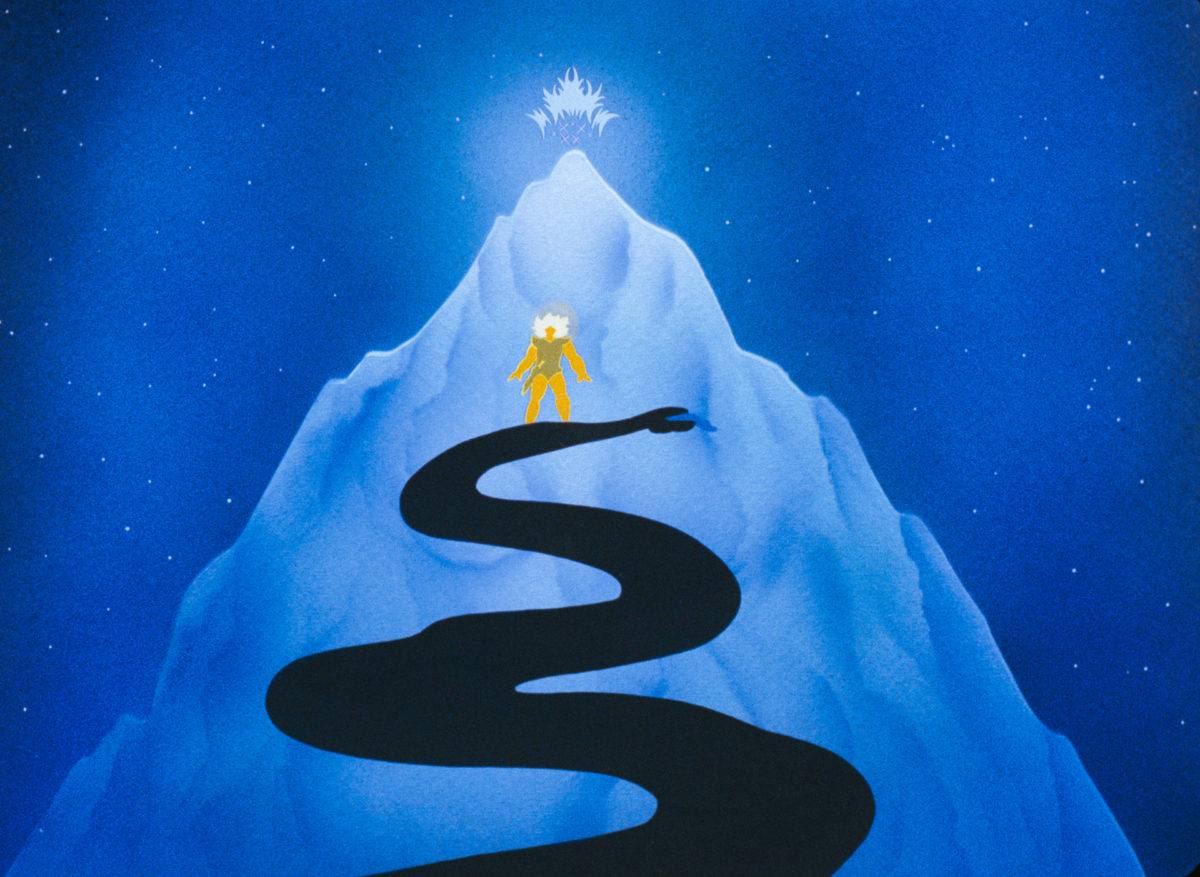
Split Tooth Media: Considering Arbelos’ mission is to release canon-expanding arthouse cinema, what does it mean to you to release Son of the White Mare in the United States for the first time?
David Marriott: I think it dovetails with that mission almost perfectly. This film completely aligns with everything that we’re trying to do. It’s something that has never really gotten a proper release here before. It’s something that hasn’t been restored before. Not only is the film, in my estimation, a flat-out masterpiece, it’s the kind of film we were shocked to find wasn’t already an established animation classic. Obviously it is in Hungary, but in North America, it is mystifying that this film is not mentioned in the same breath as the established classics of animation.
Expanding the canon is very much something we’re interested in doing. We are lucky enough to have access to the materials and the collaboration to do a top-tier new 4K restoration of White Mare. So not only can we introduce it to North American audiences, we are also lucky enough to have the resources and the ability to do what we think is the best possible new 4K restoration of that film. And then on top of that we were privileged enough to work with the late Marcell Jankovics on it. That was also really essential.
When did you first see Son of the White Mare and what was your first reaction to the film?
It would have been right after we completed work on Belladonna of Sadness (1973), which is another film that we thought was really striking, that would be part of a larger conversation of masterpieces of animation. Once that restoration release was finished we were really attuned to this larger mission of making path-breaking, underrepresented animation a real focus of what the Arbelos slate was going to be. That got our antenna up to be like, ‘What are the other ones that are out there that we’re not hearing about in conversation here in North America?’
In pretty short order, even doing the most primitive research, Son of the White Mare pops up almost immediately. So I saw it in that context, which would have been maybe four or four and a half years ago. You watch it for the first time and it’s just no question this is a masterpiece. In every aspect. I was floored, the whole team that did acquisitions for us at the time was floored, and that started the long process of figuring out how we were going to do it. It wasn’t an evolving process for me with Son of the White Mare. The first time I saw it I thought, yep hands down, it’s one of those films where it’s incredible that I’ve never heard of this before.
What is the process like going from seeing it for the first time and enjoying it so much, to the actual prospect of restoring the film with Arbelos?
That’s one of the most fun things about doing restoration re-releases. You’ve seen the film, you love the film, you know that you want to work on it, then it’s the detective work of finding out where are the rights, where are the materials. There’s a lot of steps often in between. With White Mare, we were lucky in the sense that that was our introduction to the Hungarian National Film Institute Film Archive. We reached out to them and started to have a conversation: ‘Yes, we have the materials, yes, we have the rights. How are we going to work together to do this?’ It was, I don’t want to say straightforward because there were a lot of nuances in that process, but oftentimes you can have a thing where the rights have changed hands a million times, and it takes you upwards of sometimes three, four, five years to even just find the rights. Sometimes rights holders don’t have materials so you’re talking to archives, private collectors, you are trying to figure out how to match those two things. We were very lucky that the National Film Institute was in control of all that, and had a direct line to Marcell who was really interested in making this work. So that’s how it came about with this film.
And then in addition to that we were doubly lucky in the sense that they have this amazing mandate there to restore a tremendous amount of Hungarian cinema. They were gearing up to get into that process when we first started speaking years ago. By the time we were done with the work that we collaboratively did on White Mare, they had also undertaken restorations on Jankovics’ János Vitéz (1973) and his early short works, so we were able, with their help, to create the Blu-ray set that we are releasing now. We lead with White Mare but it really is a survey of Jankovics’ early work. It’s fairly comprehensive in that regard. That’s completely due to our partnership with the National Film Institute of Hungary.
How was it collaborating with the Hungarian Film Archive on the restoration in tandem?
That was really cool and really unprecedented for us. Generally the model for us is, we’ll do the entire 4K restoration or we will acquire a restoration that has already been completed by somebody else. More often the former, but we have done both. This is the first time that we truly had a 50-50 partnership. Technically the way that unfolded is that the negatives were held in their archive, so they did the scanning. Those raw scanned files were sent to us and our team did the digital clean up. Those cleaned up files were sent back to Hungary and they oversaw the color correction, supervised by Marcell Jankovics, which again is a total treat because oftentimes the filmmaker is no longer alive to be involved in the process. When you are talking about the aesthetic of the film, when you look at different restorations, people have opinions about different choices that are made. Generally they are talking 80 percent of the time about color correction. That’s a critical process and we were very lucky to have the director in the room, fully engaged. It wasn’t like he came in and did an hour and signed off. He was really boots on the ground involved, which was great.
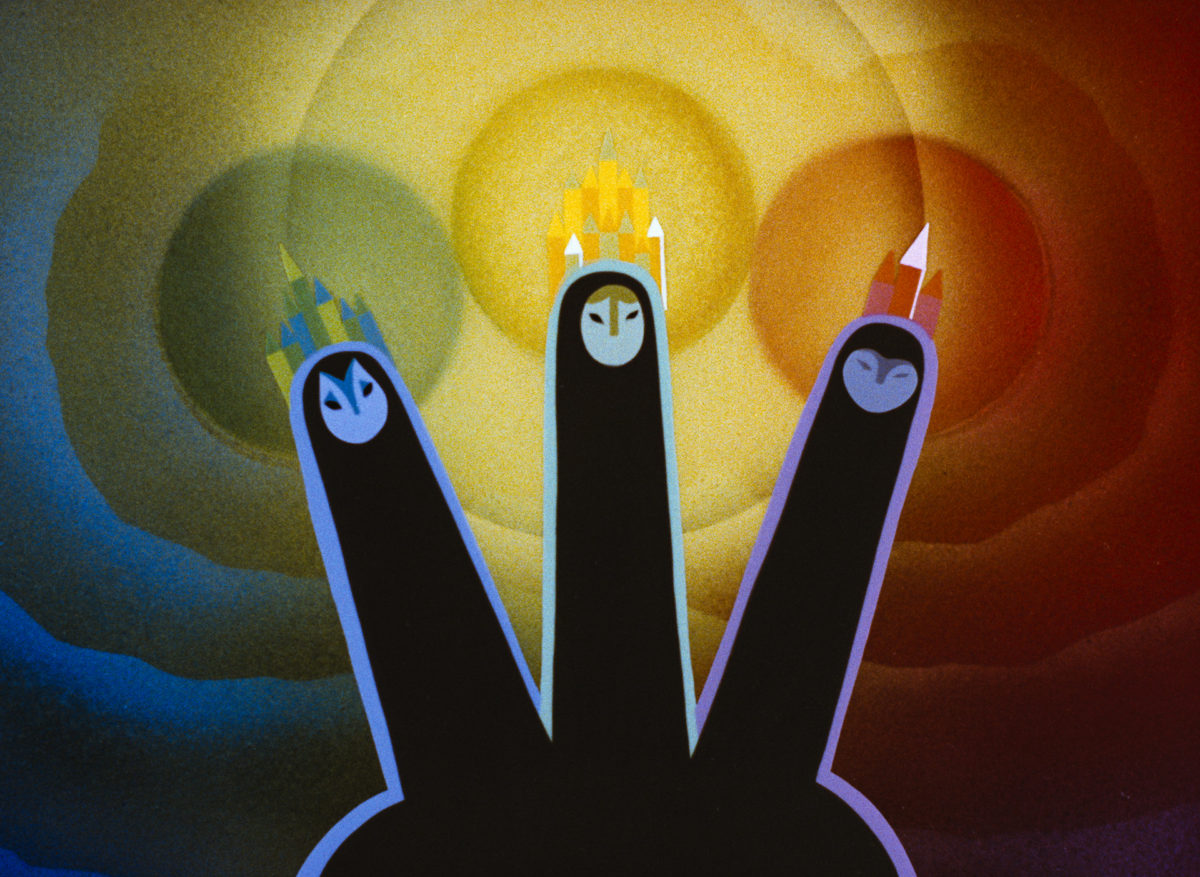
Jankovics said that during the restoration process, he watched the film like he ‘would have as a child.’ How does it feel when the artist whose work you are restoring has that kind of overwhelmingly positive reaction?
It’s the most gratifying thing. It’s a really cool feeling when everything comes together in that way. It’s amazing that he was so taken with the process, but then I hope it was also really gratifying for him to see that the audience here was really responding to it. That’s an ideal situation and it doesn’t happen all the time so it was nice in this instance to see it.
Not every filmmaker is necessarily immediately thrilled with the idea of moving from the analog film space into the digital space. He was excited about that process. He understood that was the mechanism by which the film could be restored in this way and could reach this wider audience. He was fully engaged from the jump.
For people unfamiliar with the restoration process as a whole, what are the major steps in restoring a film like Son of the White Mare?
If you want the highest resolution, the gold standard for materials to start with are the original camera negatives and the original sound materials. We were lucky to have access to them through the Hungarian National Film Institute. Those materials were scanned there at 4K and so what you get are these non-color-graded negative files that are now in a digital space. Those were sent to us here in Los Angeles and then our team went frame-by-frame and cleaned it up because, over time, you can get dust, scratches, perforations, any number of things that can affect the physical negative. When it’s scanned, obviously those imperfections are retained.
When you’re talking about just the amount of raw hours that go into a restoration, the cleaning is generally the most labor-intensive part. I think we spent three to four hundred hours cleaning White Mare. The cleaned-up files go back to Hungary and then the color grading process happens. If you’re looking at original camera negatives, they are going to look very flat to the naked eye. The colors aren’t going to look super vibrant. The color correction brings the image into the range that you see in the completed film. Those are the three main steps: the scanning, the cleanup, and the color correction. And of course there are a number of intermediate steps but those are the big three.
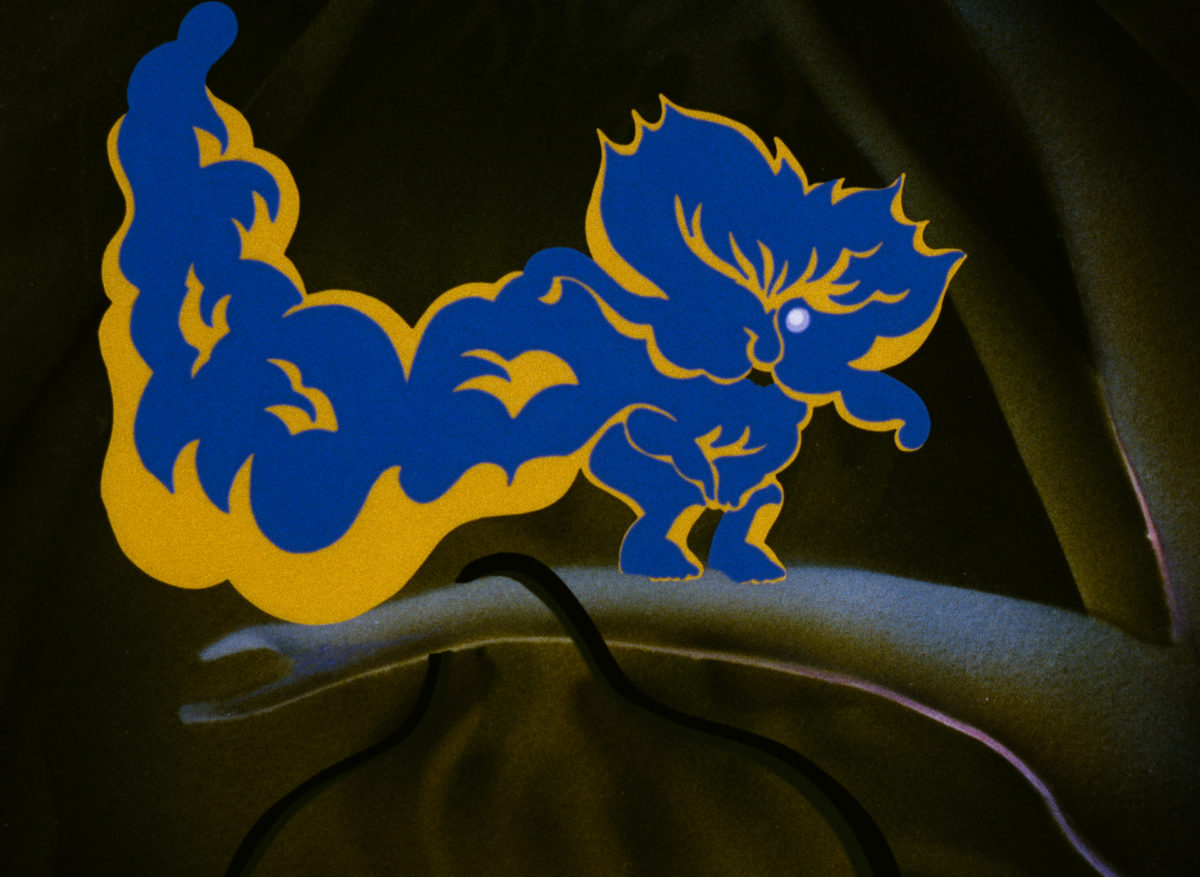
The color palette in White Mare is so fantastic. In the press materials, you describe it as a “color mad maelstrom” which is maybe the best description I’ve heard of it. What special considerations were made in the restoration process for preserving the famous color palette of the film?
Conventionally, what you do is find an exhibition print or a pre-exhibition print element, something that captures what the film looked like when it was first in theaters. That will have color baked into it. You are generally going to use that as a reference. You are trying to perfectly match that analog piece in a digital space. It’s very easy to go further than that because the digital tools that are available now are much more powerful than what you had in analog color grading. So you generally want to use something that is a historical document of what the color looked like as your reference. Then, in addition to that, we had Marcell Jankovics in the room. It’s his film, he’s also going to weigh in and be like, ‘No, this should be like this, and I want this to look like this.’ So it’s a marriage of those two things.
Another standout quality of the film is the score by Istvan Vajda. What special considerations were made to restore the score, and could you explain why it is often compared to the soundtrack of The Beatles’ Yellow Submarine (1968)?
I can’t necessarily speak super in depth to the audio restoration because that facet of the restoration was completely handled by our partners in Hungary. They had an entire team, and Marcell Jankovics, and the original composer were both involved in that process. That happened in a very similar way in terms of how decisions are made and what’s preserved as when I am talking about restoring the image.
In terms of Yellow Submarine, it is interesting because that film is often used as a touchstone when people talk about White Mare. But I am sort of hoping what might happen with this set is that people can see János Vitéz, or Johnny Corncob as it’s often known in America, that to my mind is much more indebted and in conversation with Yellow Submarine. I think when you get to White Mare there’s still echoes of that, but I think that film has graduated into something completely different and much more unique and personal.
I wanted to ask about János Vitéz. Some of the transitions and transformations between color and landscape remind me so much of White Mare. What was your first reaction to János Vitéz? Did you see it during the restoration process or beforehand?
I was really blown away by how accomplished János Vitéz is, not only for being Jankovics’ first feature, but also for being the first feature-length animated film produced in Hungary. It’s such an important film in so many different ways. It moves really beautifully. I really liked it a lot to the point where originally our set for White Mare was going to include The Struggle and Sisyphus, two short films that had been remastered, and we were hoping to be able to do an interview with Jankovics. That was our conception for what the set would be. Then when we saw the restored János Vitéz we were like, oh, if we can make a deal for that film we should do a comprehensive survey of Marcell Jankovics’ early career. It’s so good we reconceived what the set should be. I guess that’s the highest praise I can give it.
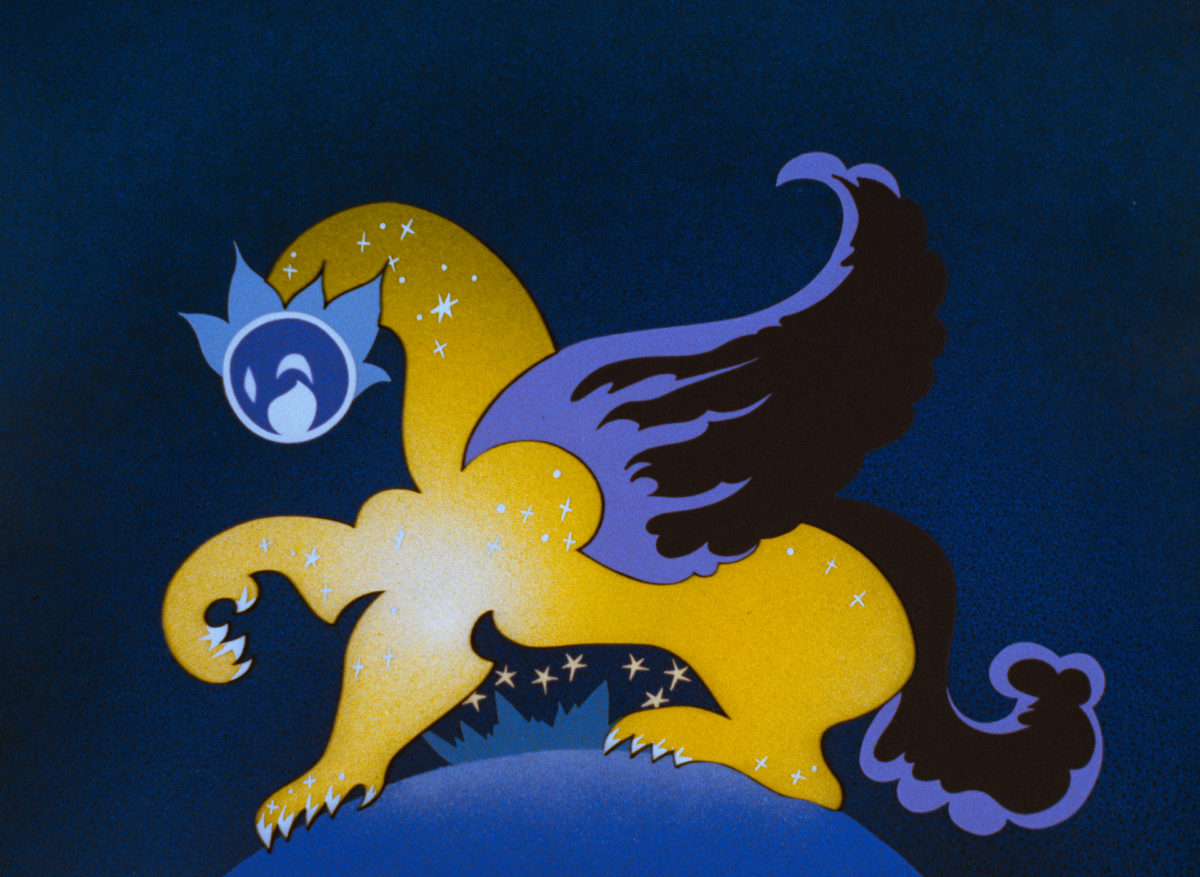
In the interview on the Blu-ray, he talks about how his filmmaking is very personal and it seems to really come through with Sisyphus and The Struggle.
Yeah, in that interview he really does connect the dots. He tells you that the film is a reaction to making János Vitéz in some sense. Not only can you see these aesthetic connections, there’s also a conceptual, personal narrative connection between everything in the set, which is really cool. And [The Struggle] won a Palme d’Or, which, of course it should, but it’s sort of wild. You look at something like Son of the White Mare, which, again, is very well known and received in Hungary, but not necessarily super well known here in North America. Then you look at The Struggle and Sisyphus and you’ve got an Academy Award nomination, a Palme d’Or win, and that insane bit of business where [Sisyphus was] used in a Super Bowl car commercial. It’s always fascinating to see what permeates when in terms of audience awareness in different places.
Considering how the Blu-ray grants such a comprehensive survey of his early work, what do you think are the most unique aspects of Jankovics’ style?
You can feel that it’s the same hand throughout all of them, but he’s constantly trying to push the boundaries of what his style is, of what the medium can do. You look at something like White Mare, which is so rich and kaleidoscopic, and it’s impossible to come up with the perfect description of that film because it’s doing so many different things successfully. It’s so immersive and beautiful. Then you look at something that’s as accomplished but so sparse, like The Struggle or Sisyphus. To know that’s the same filmmaker and that range exists is a really exciting thing.
Son of the White Mare is available now through Arbelos
Stay up to date with all things Split Tooth Media and follow Robert on Twitter
(Split Tooth may earn a commission from purchases made through affiliate links on our site.)

